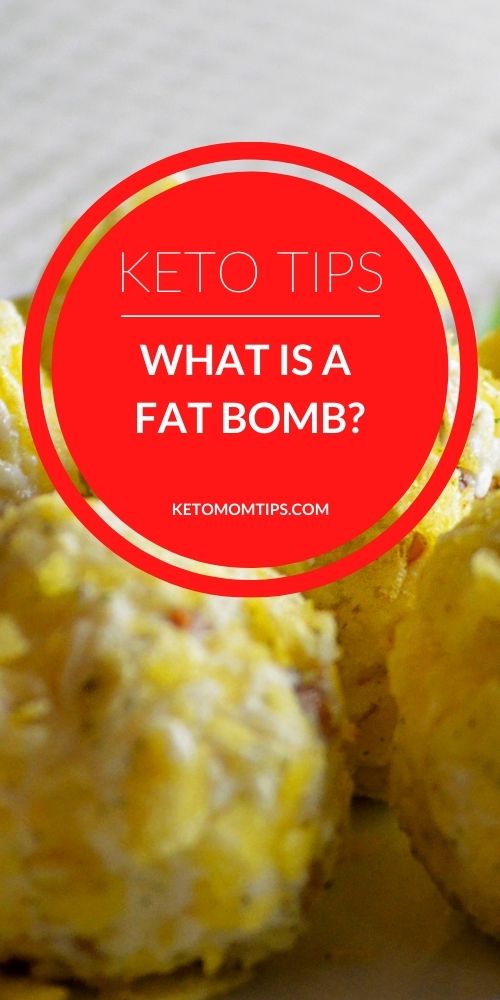Keto Macros
Here are my tips for keto macros.
Do you have to count macros on keto?
Macronutrients, or macros, are the three ways our bodies produce energy. If you're following lazy keto, this probably isn't top of mind for you, but typically on the ketogenic diet it is very important to track how many grams of each macronutrient you consume every day.
Do I have to hit all my macros on keto?
If you're eating a ketogenic diet, fat is designed to keep you full. If you're hungry, go ahead and eat that healthy fat. If you're not hungry, you don't have to hit your fat macros.
What are macros on keto diet?
Macros, or macronutrients, are the energy-supplying nutrients — fat, protein and carbohydrates — that the body needs in large quantities. Fat, protein and carbs are the three main components of a keto diet, in that order. Fat is the most energy-dense nutrient, supplying nine calories per gram.
How do I calculate macros for Keto?
To calculate your macros a percentage, just divide the calories from each macro into your daily calorie needs and multiply by 100%. For example: (80/1800) x 100% = 5% of calories from carbs. (600/1800) x 100% = 33% of calories from protein.
What's the best macros for fat loss?
1. Counting Macros for Weight-Loss. If you're counting macros for weight loss, you'll want to make sure you're counting macros in such a way that you're also cutting calories. Try this range of macro ratio for weight loss: 10-30% carbs, 40-50% protein, 30-40% fat.
What happens if you don't eat enough protein on keto?
Too little protein can compromise your lean tissue mass (Hoffer 1984). When daily protein intake is inadequate, the body turns to lean tissue to meet its protein needs. This happens more rapidly when fasting for a prolonged period (greater than 24 hours)
What foods are high in macros?
Carbs
Grains, including oats, brown rice and quinoa.
Whole-wheat pasta.
Whole-grain bread.
Starchy vegetables, such as potatoes, sweet potatoes and winter squash.
Fruits like berries, bananas, pineapple and apples.
Beans, lentils and peas.
Milk and yogurt.
What food has protein and fat but no carbs?
Focus on protein dominant foods.
Cod: In a 3 oz serving there's 15 grams of protein, 1 gram of fat, and no carbohydrates.
Tilapia: In a 3 oz serving there's 21 grams of protein, 1 gram of fat and no carbohydrates.
Shrimp: In a 3 oz serving there's 17 grams of protein, 1 gram of fat and no carbohydrates.
What is a fat bomb?
What are fat bombs? Fat bombs are low carb and sugar-free sweet treats, usually made with either coconut oil, coconut butter, cream cheese, avocado, and/or nut butter. Pretty much, anything high fat, sugar-free and low carb can be made to become a fat bomb!
If you enjoyed these tips and would like to keep it close to you at any time, just save this pin to your Keto Pinterest Board.

What is the best macro ratio for fat loss?
Counting Macros for Weight-Loss. If you're counting macros for weight loss, you'll want to make sure you're counting macros in such a way that you're also cutting calories. Try this range of macro ratio for weight loss: 10-30% carbs, 40-50% protein, 30-40% fat.
What is a good macro ratio for low carb?
Shoot for low carb, moderate protein, high fat.
Macros: 20% carbs, 30% protein, 50% fat.
How many carbs can I eat and stay in ketosis?
While some people can get away with eating more while staying in ketosis, others may need to be more restrictive. Most ketogenic diet guidelines recommend you stay between 15 - 30g of net carbohydrates per day, or 5-10% of total calories.